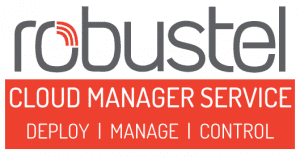
Scaling success quickly turns into operational strain when provisioning can’t keep pace with growth.
For businesses deploying connected devices in the field, growth often means more than just adding endpoints. It introduces complexity. More device models, more locations, more configuration files, and more pressure on already-stretched teams.
Picture a fast-scaling energy startup: 100 to 2,000 gateways in under 12 months. What was once a 30-minute setup per device now consumes weeks. Mistakes creep in. Senior engineers spend time on rote tasks. Progress stalls. Burnout looms.
This is exactly the type of scenario that Zero Touch Provisioning (ZTP) has been designed to solve.
Zero Touch in Robustel Cloud Manager Service (RCMS) allows your devices to configure themselves—no site visits or manual configuration required. Key capabilities include:
• Automated configuration the moment devices connect to RCMS.
• Centralized templates for consistent security and firmware.
• Role- and location-based provisioning via device grouping.
• Scalable management through a cloud-first interface.
The name says it all: devices configure themselves, so your engineers don’t have to.
Manual configuration might work when you’re deploying ten devices. But at a hundred—or a thousand—it becomes unsustainable.
Here’s what usually breaks:
Rollout Time: Provisioning by hand takes 15–30 minutes per device. Multiply that by thousands, and your deployment schedule stretches into months.
Configuration Inconsistency: Human error leads to mismatched firmware, incorrect network settings, or forgotten firewall rules—all of which increase downtime and support overhead.
Security Gaps: Manual provisioning often bypasses best practices. Devices may ship with default credentials or skip VPN setup entirely.
Overloaded Teams: Your best engineers are reduced to IT admin roles, applying the same settings repeatedly instead of focusing on high-impact work.
Zero Touch changes this. It replaces bottlenecks with automation and gives your team time to focus on what really matters.
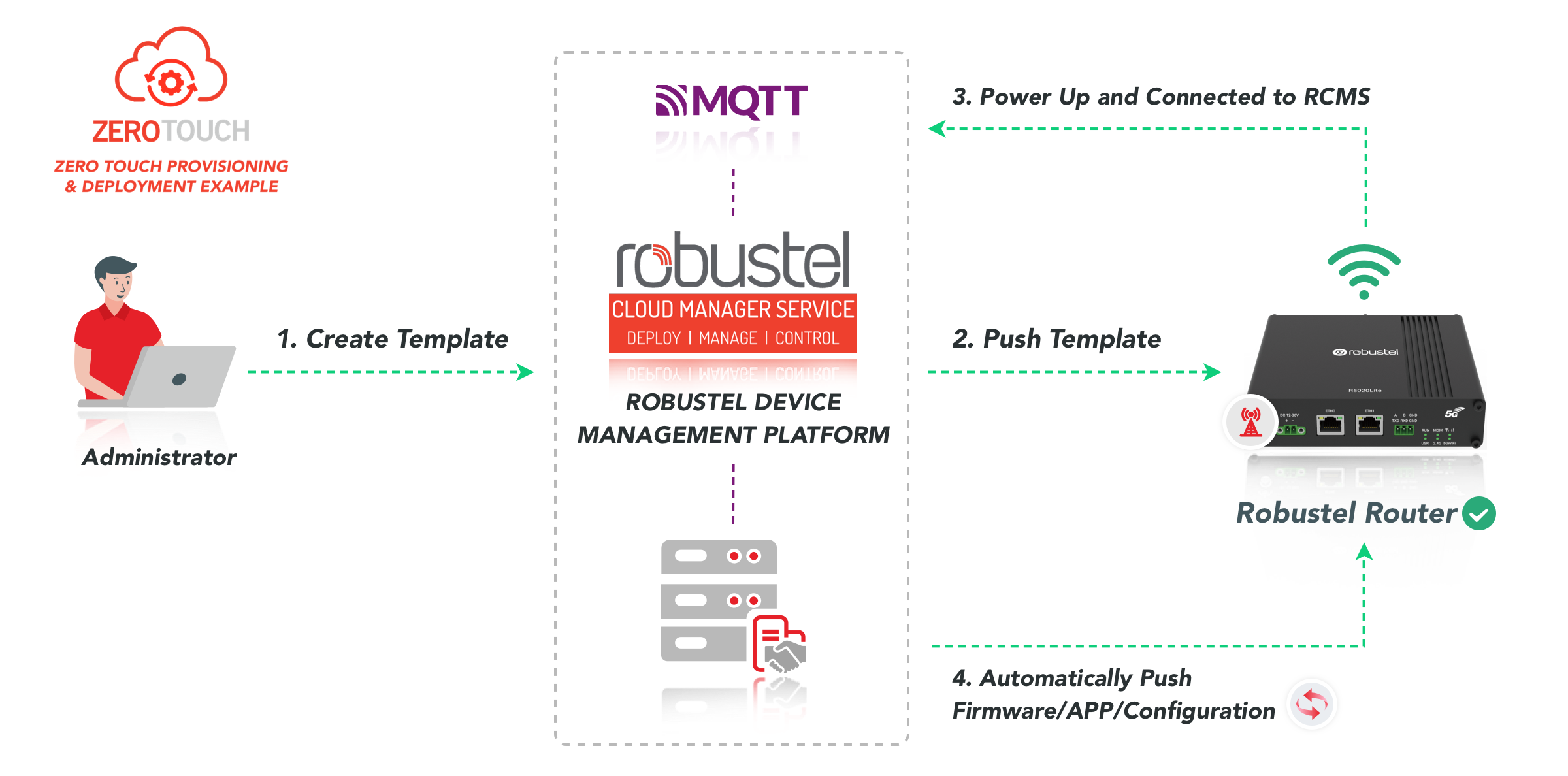
1. Create Templates – Define exactly how each device should behave: firmware version, RobustOS Applications, security rules, VPN setup, and more.
2. Assign to Groups – Group devices by region, role, or project so each one gets the right configuration automatically.
3. Ship & Connect – Devices arrive with default settings – All you need to do is connect them to the internet and turn on RCMS, Zero Touch handles the rest.
4. Auto-Provision – Devices instantly pull their group-specific template, apply the correct settings, and start transmitting.
5. Monitor & Update – Use RCMS to manage firmware, push diagnostics, or roll out updates remotely.
For Technical Teams:
• Reduce manual provisioning and human error
• Standardize configurations across regions and projects
• Secure onboarding and firmware updates at scale
• Troubleshoot remotely with full visibility and control
For Business Stakeholders:
• Faster deployments = faster time to revenue
• Fewer truck rolls and support calls = lower OpEx
• Improved security posture across deployments
• Enables growth without hiring new headcount
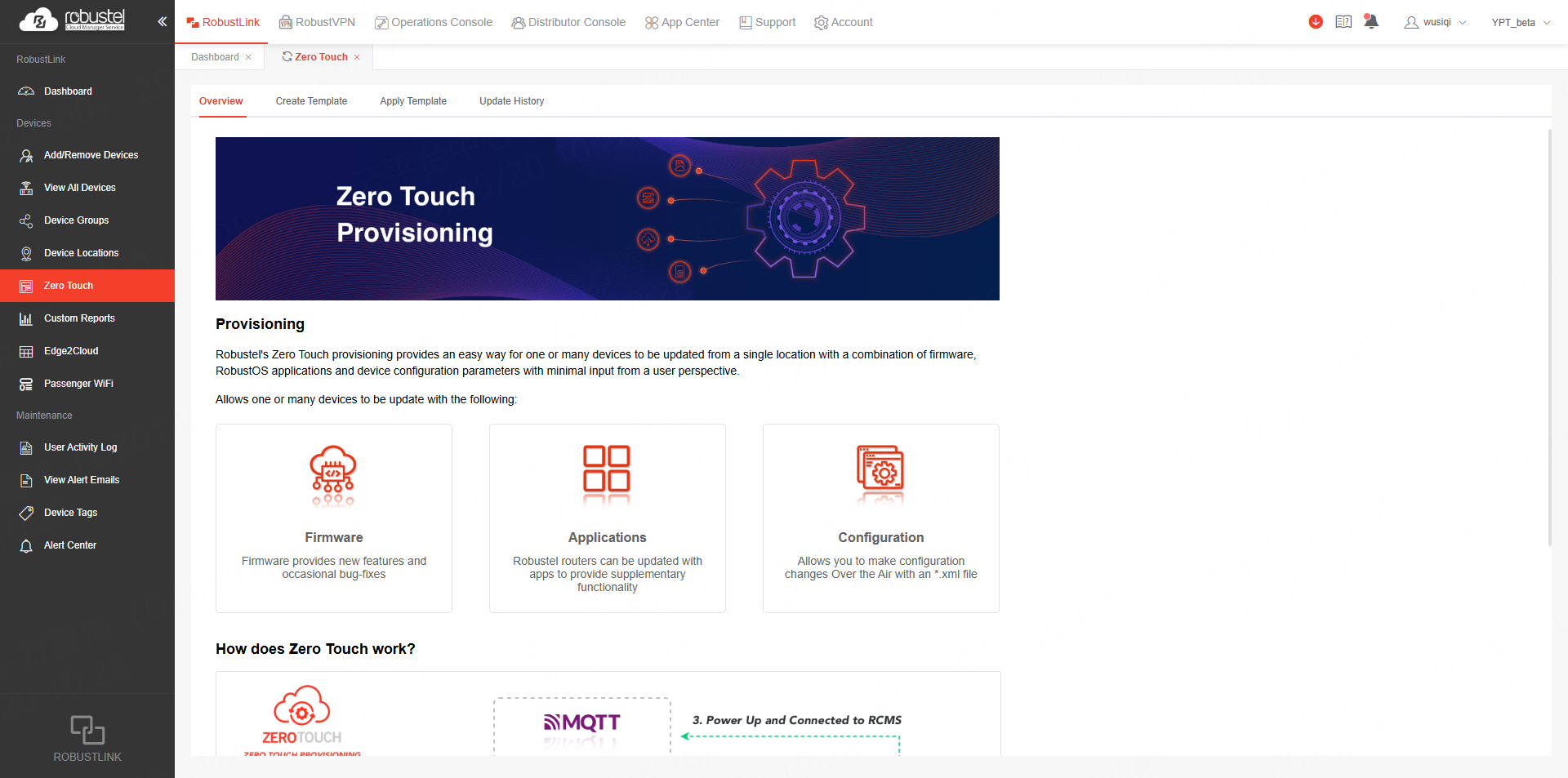
In a remote solar farm in regional Australia, a team deploys 150 IoT gateways to monitor inverter performance, battery levels, and weather data. Each device sits kilometers apart and requires a unique APN, VPN tunnel, and firmware policy. Traditionally, engineers would preload configurations manually, risking errors and wasting hours before deployment. Worse, if something went wrong on-site, they’d need to send technicians back into the field—delaying power generation and increasing cost.
With RCMS Zero Touch, devices are installed with factory-default settings. Once powered on, they automatically pull down secure, pre-approved configurations tailored for their location and function. No truck rolls. No missed SLAs. Just clean, reliable onboarding from the cloud.

A global electronics manufacturer runs 24/7 production lines in China, Germany, and Mexico. Each line includes edge gateways collecting sensor data, pushing OT logs to cloud platforms, and managing quality control alerts. Over time, configuration drift begins to appear—engineers make quick fixes on one site but forget to replicate them across others. Security gaps emerge, and firmware inconsistencies cause unexpected behavior.
By deploying Zero Touch templates in RCMS, the IT team locks in standard configurations by device group. Updates can be rolled out with a single command—ensuring compliance, minimizing downtime, and creating a digital thread from plant to cloud.

A mid-sized city in Europe rolls out smart lighting, parking sensors, and flood detection across 30 districts. Each district has its own subcontractors, timelines, and regional variations. City IT can’t feasibly train every contractor, nor can they afford to centralize provisioning from a single hub.
RCMS Zero Touch enables the city to ship pre-enrolled devices directly to installers. As long as the device powers on and connects to the network, it self-provisions and checks into the cloud platform. This enables secure, standardized, and hands-off deployment—even when working with third-party vendors at scale.

A transport company serves grocery clients across Southeast Asia. Their trucks are equipped with routers for live tracking, temperature telemetry, and automated compliance reporting. But when a replacement device is needed mid-shift—or a new truck is added—it’s a race against time. Manual configuration delays put deliveries at risk and open the door to spoilage claims.
Zero Touch provisioning allows field staff to install a new router and have it fully configured within minutes. The correct APN, security profile, and data forwarding policies are applied automatically.
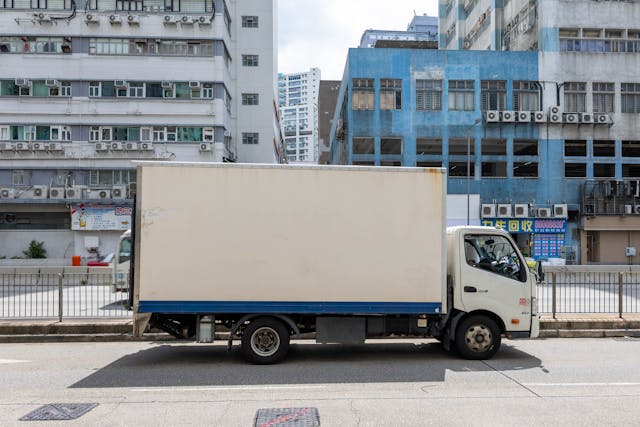
A national water utility is modernizing its pumping stations, introducing LTE-connected edge devices to replace aging SCADA links. But each site has different environmental constraints. Getting a skilled technician to each site is expensive and time-consuming. Worse, trying to apply a one-size-fits-all script often leads to mismatched settings.
With RCMS Zero Touch, provisioning is based on multiple groups in this case separated geographically —so each station gets the correct SIM profile, MQTT configuration, and firmware version based on its location and role.

A fleet of offshore support vessels is being outfitted with secure data gateways to relay VDR logs, ECDIS charts, and predictive maintenance data back to HQ. But onboard connectivity is intermittent and varies between satellite, LTE, and port Wi-Fi. Sending IT personnel to each vessel is unfeasible, and onboard crews aren’t trained in device configuration.
RCMS Zero Touch allows new devices to be shipped with zero custom setup. Once powered on and connected, they detect their assigned vessel group, pull the right VPN, NTP, and firewall configuration, and begin transmitting data securely.
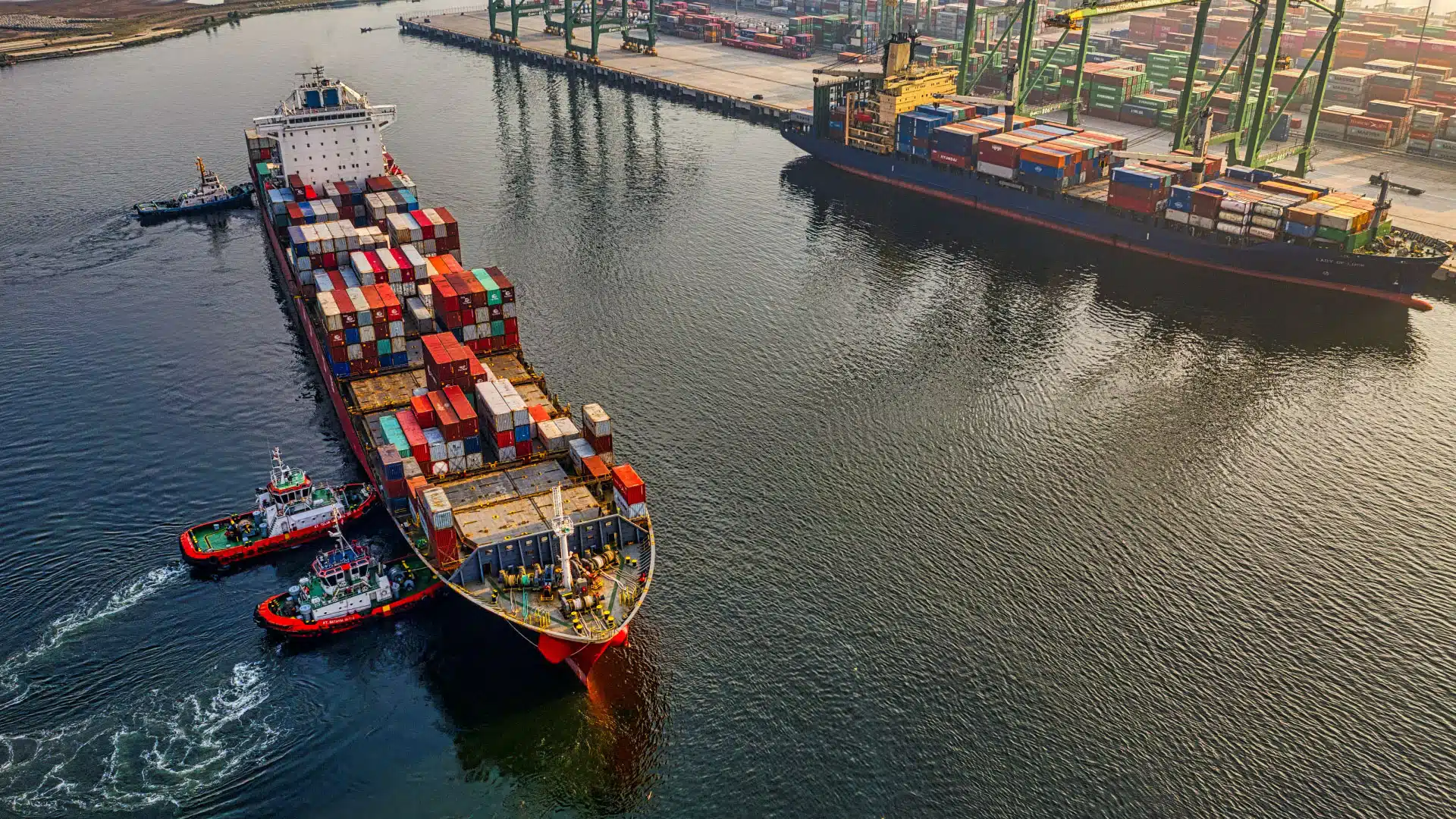
IoT deployments aren’t slowing down. But your team can’t grow at the same pace as your device fleet. That’s where RCMS Zero Touch makes a difference. It gives you a framework to:
- Provision securely
- Scale effortlessly
- Maintain consistency
- Keep your team focused on innovation, not configuration
Zero Touch isn’t just faster—it’s foundational. It removes scaling friction, aligns IT and business teams, and accelerates your path to revenue across every connected deployment.
